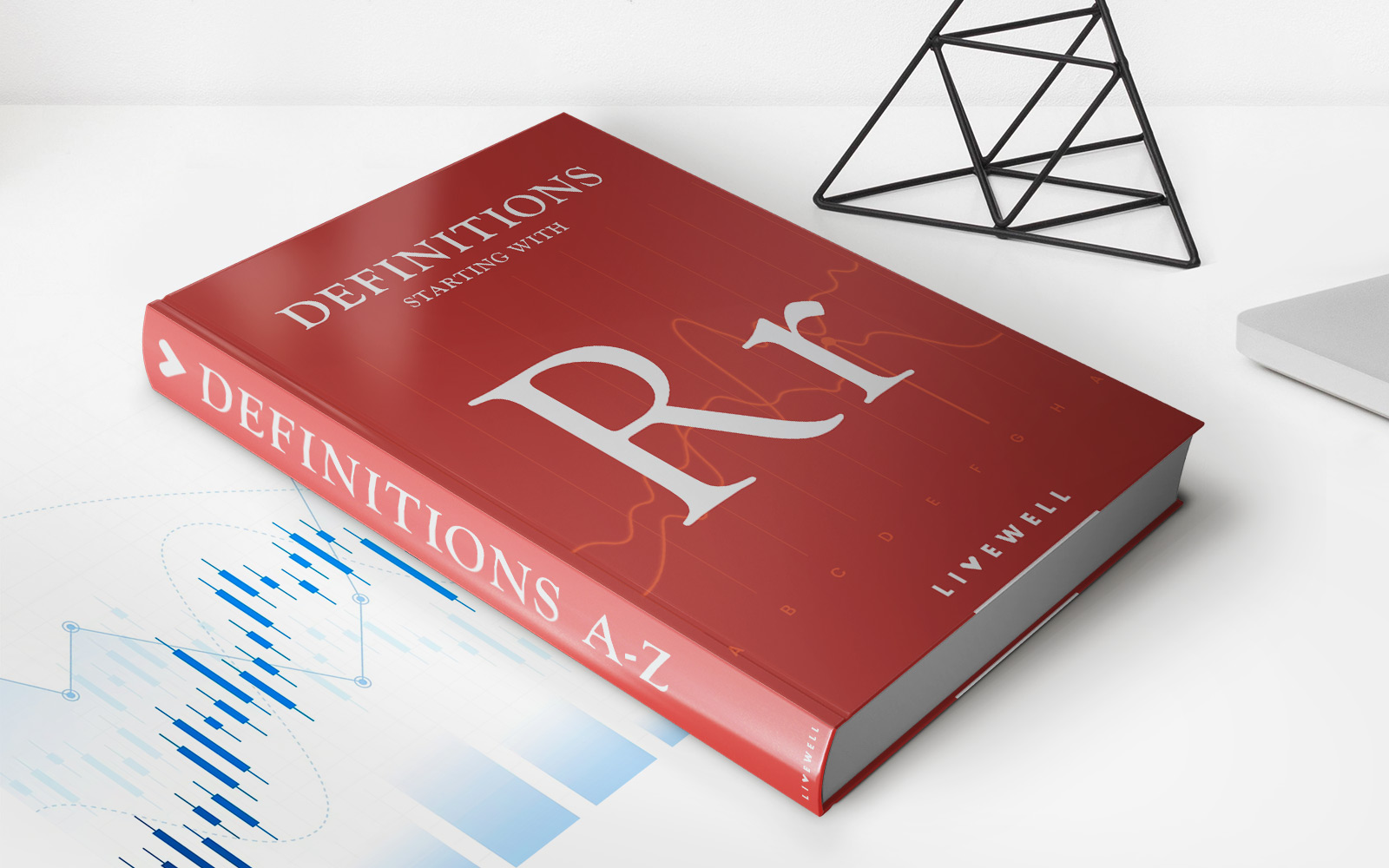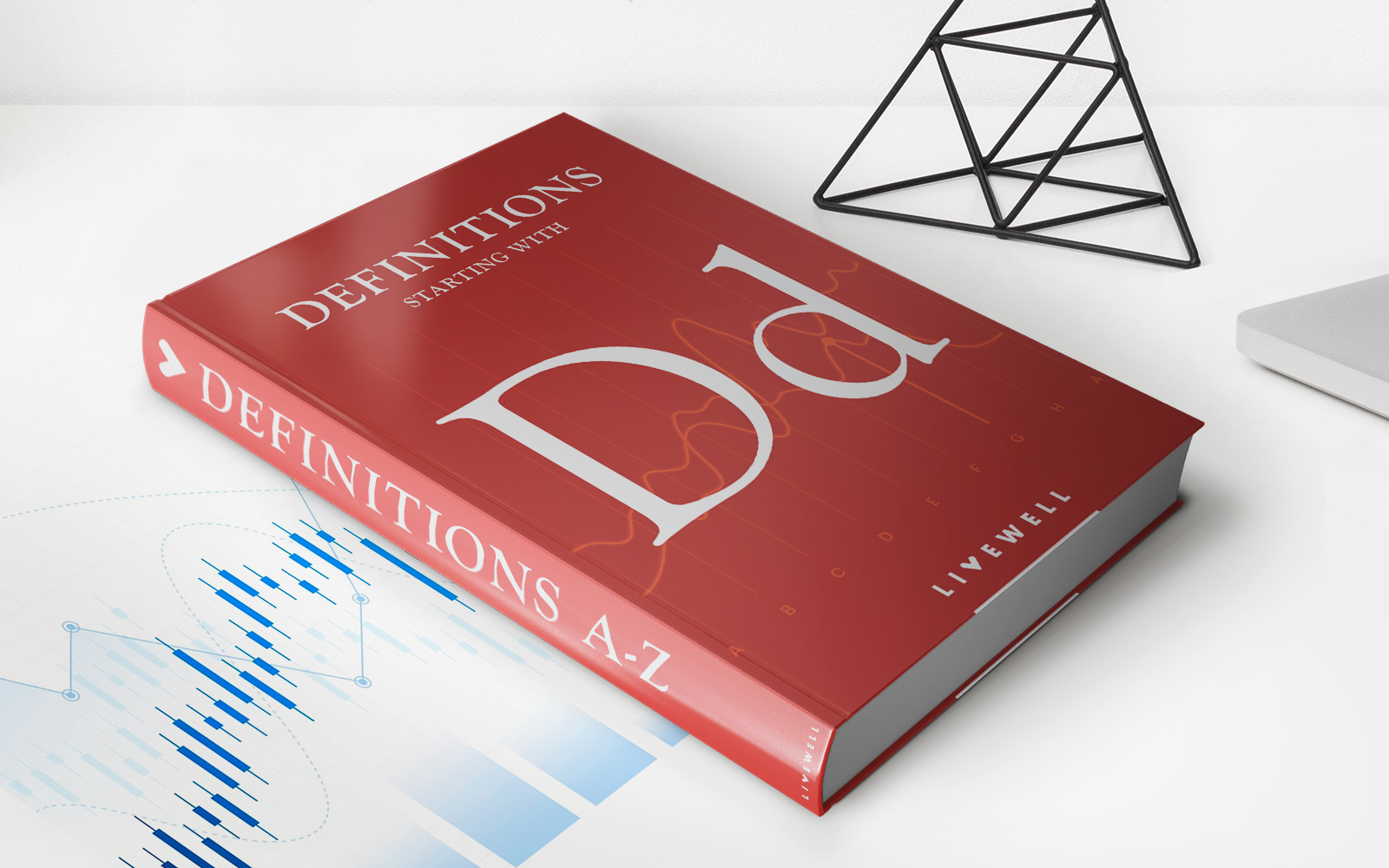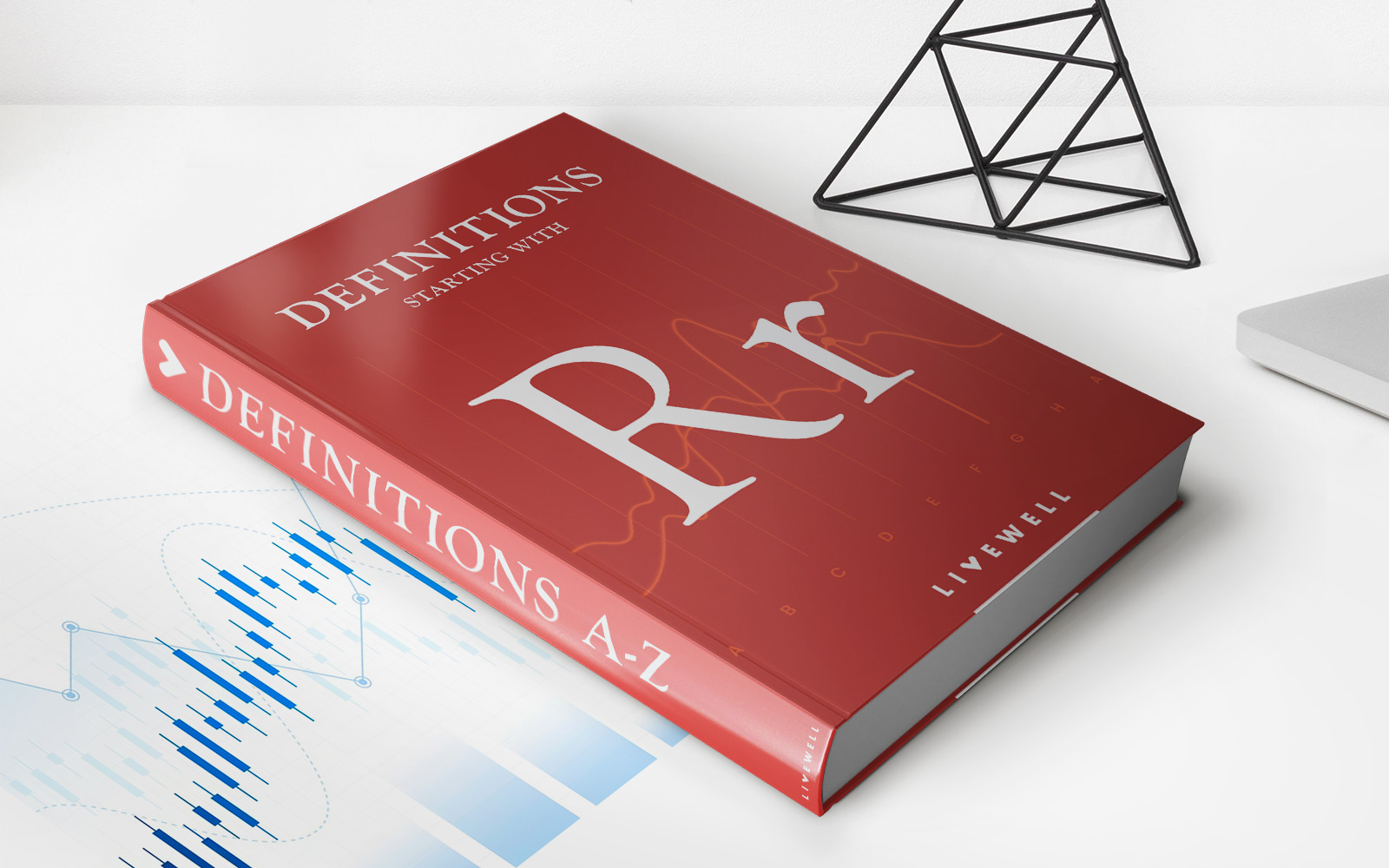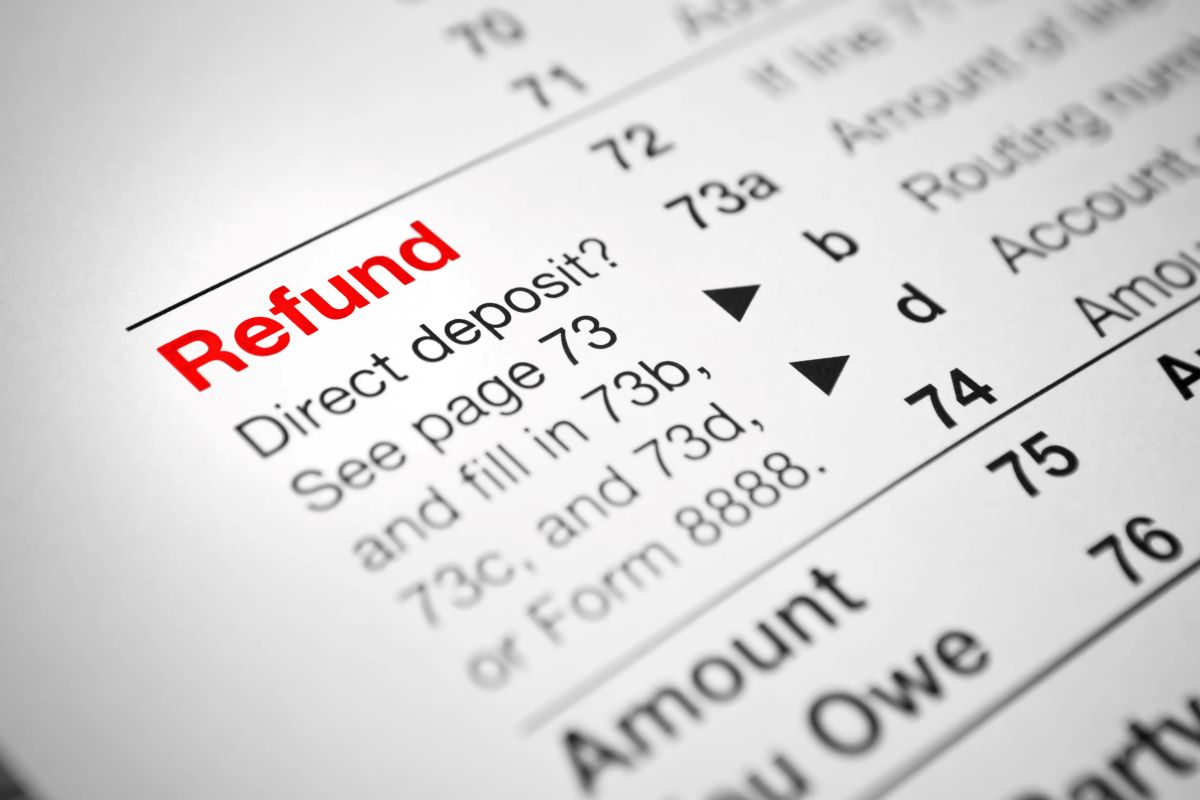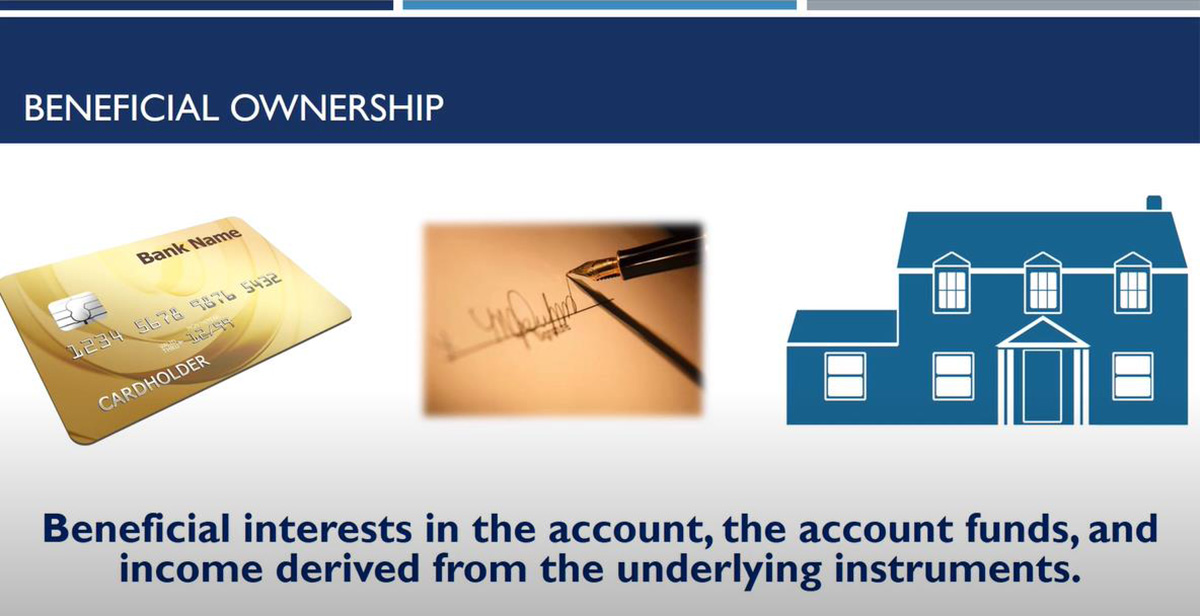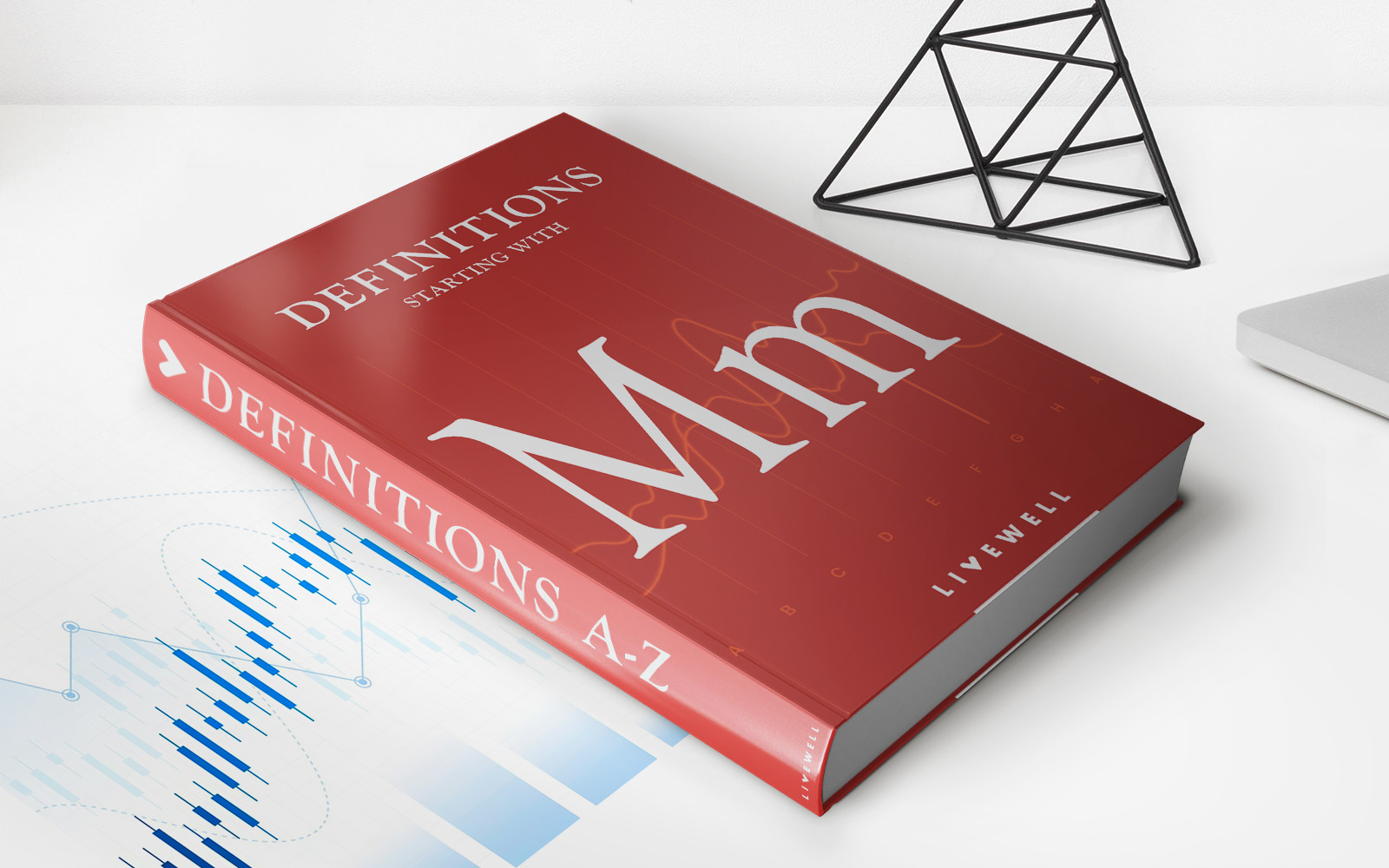Home>Finance>Cash Disbursement Journal: Definition, How It’s Used, And Example


Finance
Cash Disbursement Journal: Definition, How It’s Used, And Example
Published: October 24, 2023
Discover what a cash disbursement journal is, how it's utilized in finance, and explore a practical example. Enhance your financial knowledge today!
(Many of the links in this article redirect to a specific reviewed product. Your purchase of these products through affiliate links helps to generate commission for LiveWell, at no extra cost. Learn more)
Unlocking the Mysteries of the Cash Disbursement Journal
When it comes to managing your finances, having a clear record of your cash transactions is essential. One tool that helps you stay on top of your expenses is the Cash Disbursement Journal. In this blog post, we’ll dive into the details of what a Cash Disbursement Journal is, how it’s used, and provide a practical example to help you understand its importance.
Key Takeaways:
- A Cash Disbursement Journal is a financial record that tracks all cash outflows from a business or individual.
- It provides a detailed breakdown of the expenses, including the date, description, and amount disbursed.
What is a Cash Disbursement Journal?
A Cash Disbursement Journal, also known as a Cash Payments Journal, is a ledger used to record all cash payments made by a company or an individual. It’s a categorized list that tracks the outflow of cash and helps maintain accurate financial records.
A Cash Disbursement Journal serves as a central repository for recording all cash transactions. By keeping a record of every payment made, businesses can effectively track their expenses and maintain transparency in their financial operations.
How is a Cash Disbursement Journal Used?
Using a Cash Disbursement Journal is a straightforward process. Here are the key steps involved:
- Categorize Your Expenses: Before you start recording your cash payments, it’s important to establish categories that accurately represent your expenses. This could include categories such as utility bills, rent, office supplies, or employee salaries.
- Record the Details: For each cash payment made, record the date, the description of the expense, and the amount disbursed. Ensure that each entry is accurately categorized according to the predefined expense categories.
- Summarize and Balancing: At regular intervals, summarize the totals for each expense category and cross-reference the entries to ensure accuracy. This allows you to get a clear view of your overall expenditure and helps identify any discrepancies.
By diligently using a Cash Disbursement Journal, businesses can gain insights into their spending patterns, identify areas where costs can be reduced, and maintain accurate financial records for auditing purposes.
Example of a Cash Disbursement Journal:
Here’s an example of a simplified Cash Disbursement Journal:
| Date | Description | Amount |
|---|---|---|
| 01/02/2022 | Office Rent | $1,500 |
| 02/02/2022 | Utilities Payment | $500 |
| 03/02/2022 | Supplier Payment | $2,000 |
This example showcases three cash payments made on different dates, with each entry having a unique description and amount disbursed. With this record, you can easily calculate your total expenses for each category and have a clear overview of your cash outflows.
The Importance of the Cash Disbursement Journal:
A Cash Disbursement Journal is a valuable tool that helps individuals and businesses keep track of their cash transactions. Here are two key takeaways:
- Accurate Financial Tracking: Having a dedicated journal allows you to maintain accurate records of your cash payments, making it easier to reconcile your books and track your expenses.
- Budgeting and Expense Management: By categorizing your expenses and regularly reviewing your Cash Disbursement Journal, you can identify where your money is going and make informed decisions to optimize your budget.
In conclusion, a Cash Disbursement Journal enables individuals and businesses to track their cash outflows effectively. By recording each payment made and categorizing it accordingly, you can gain insights into your spending habits, maintain accurate financial records, and make informed decisions to improve your financial health.
If you’re looking to improve your financial management, consider implementing a Cash Disbursement Journal as part of your financial tracking system. It’s a simple yet powerful tool that can help you stay in control of your cash flow and make smarter financial decisions.






